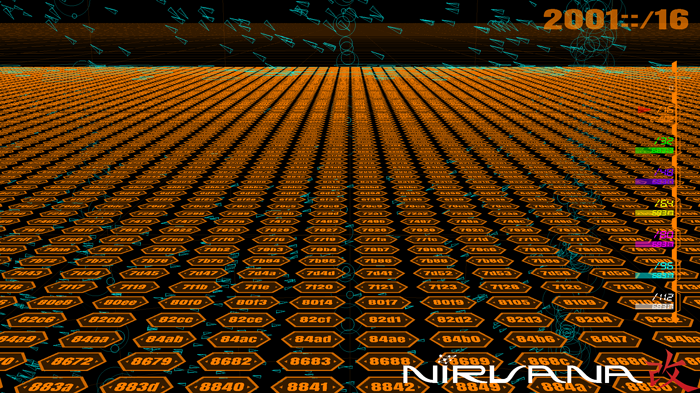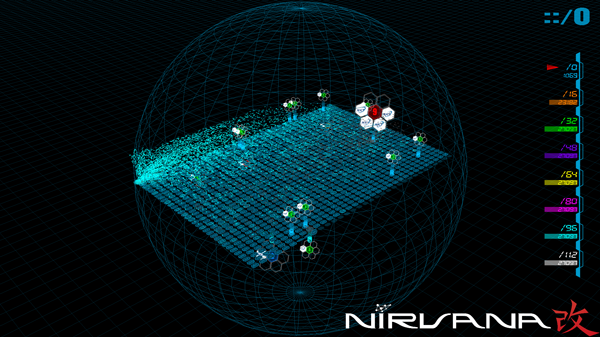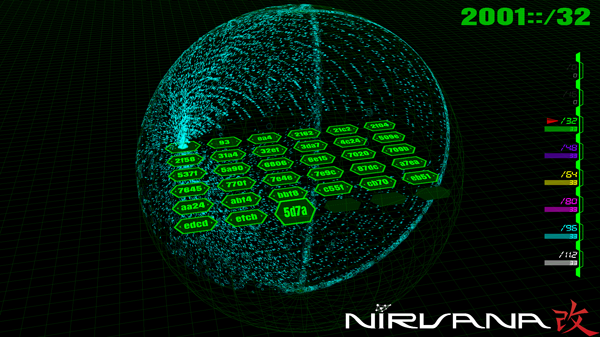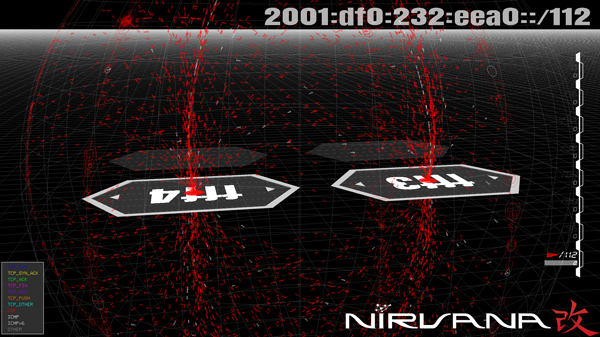Integrated Cyber Attack Analysis Platform "NIRVANA Kai" Supports IPv6
- Succeeded in real-time visualization of packets flowing in the vast address space of IPv6 -
May 21, 2021
(Japanese version released on April 12, 2021)
National Institute of Information and Communications Technology
Highlights
- Integrated cyber attack analysis platform "NIRVANA Kai" newly supports IPv6 and enhances its functions.
- Observation of IPv6 communications, collection of IPv6-related alerts, and real-time visualization of IPv6 networks
- Expected to simplify security operations in IPv6 networks.
Abstract

Achievements



Future Prospects
Technical Contact
INOUE Daisuke
SUZUKI Koei
HIRATA Mayumi
Cybersecurity Laboratory
Cybersecurity Research Institute
E-mail:




















Media Contact
Press Office
Public Relations Department
E-mail:





















